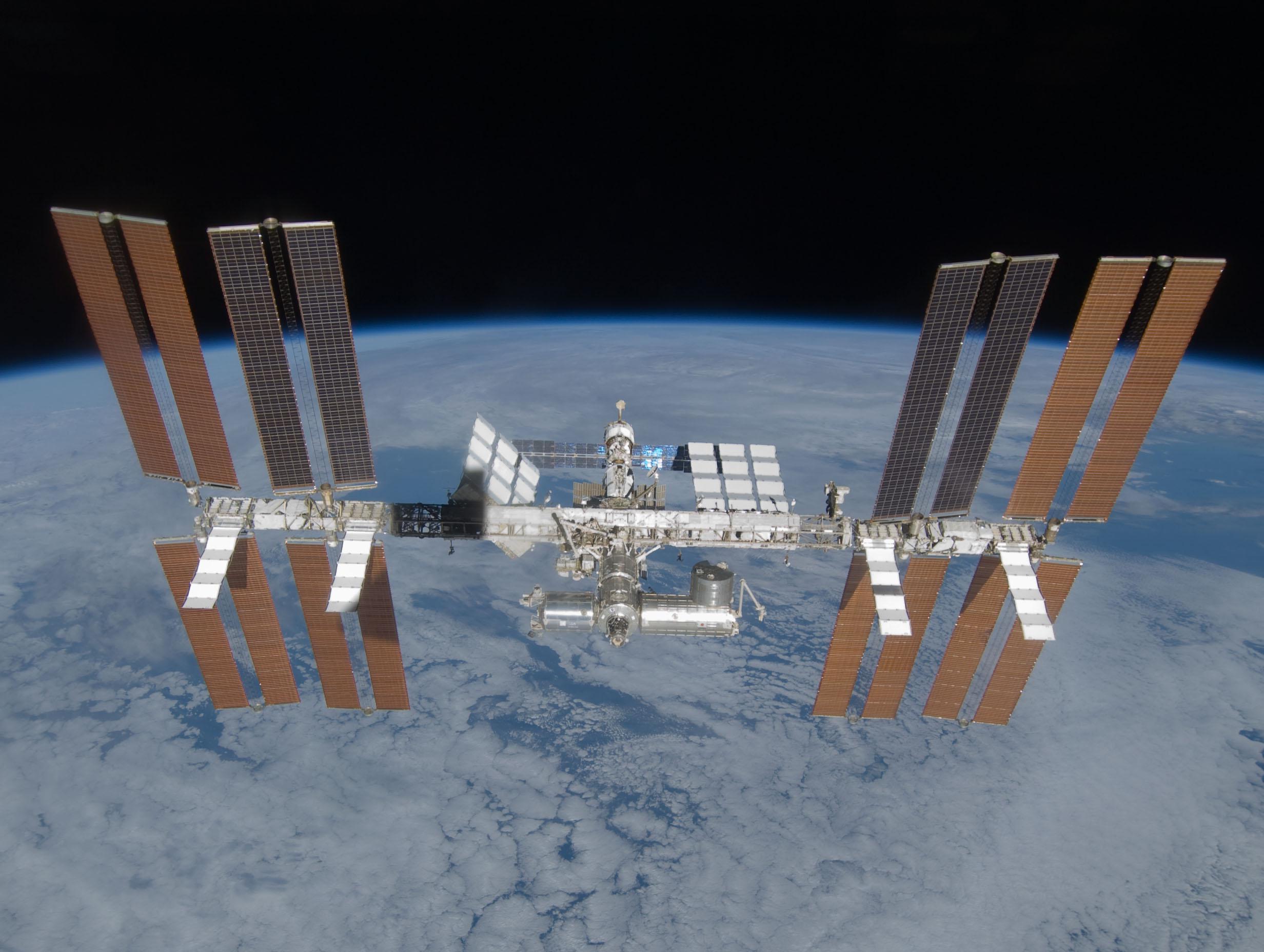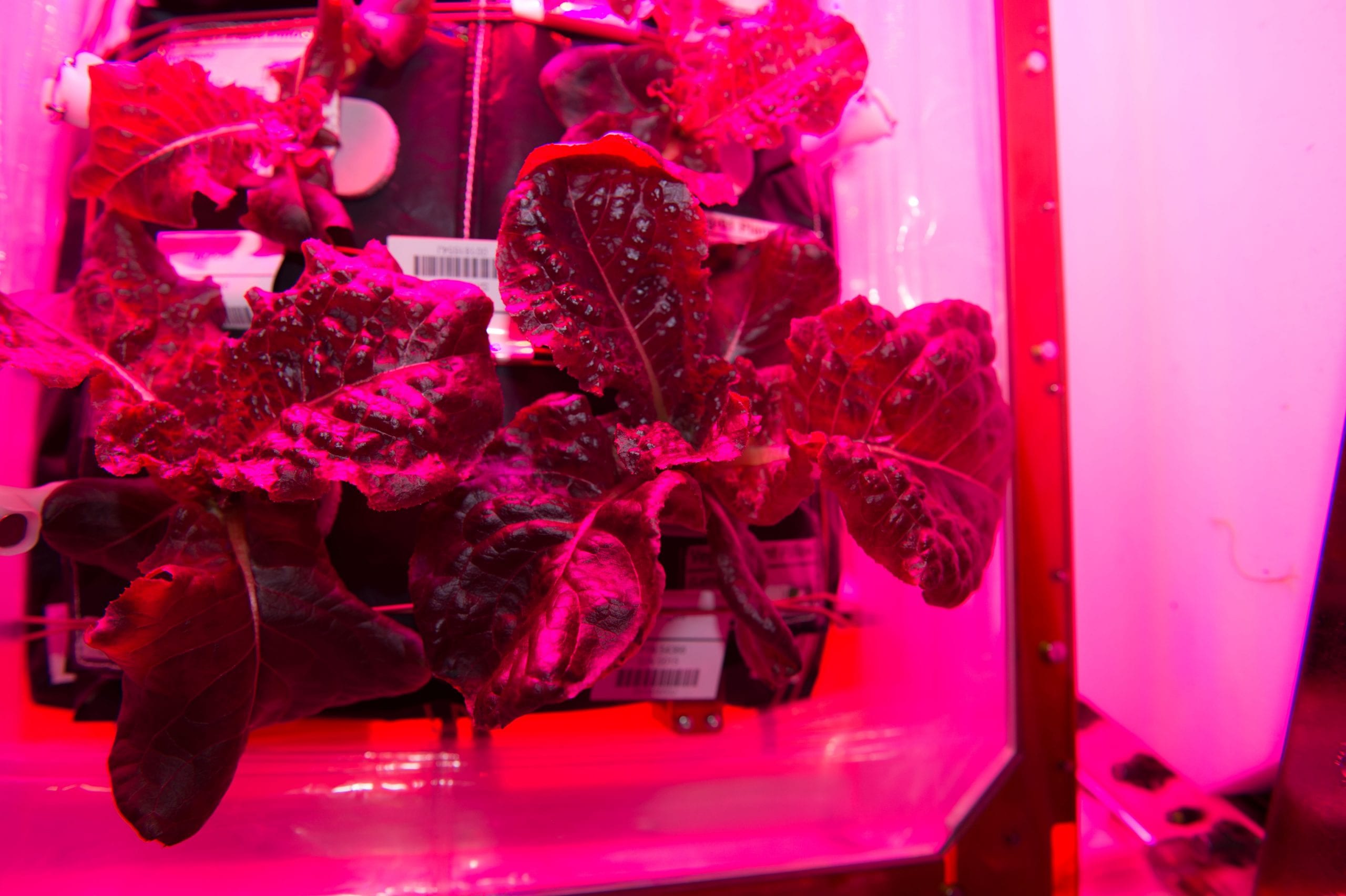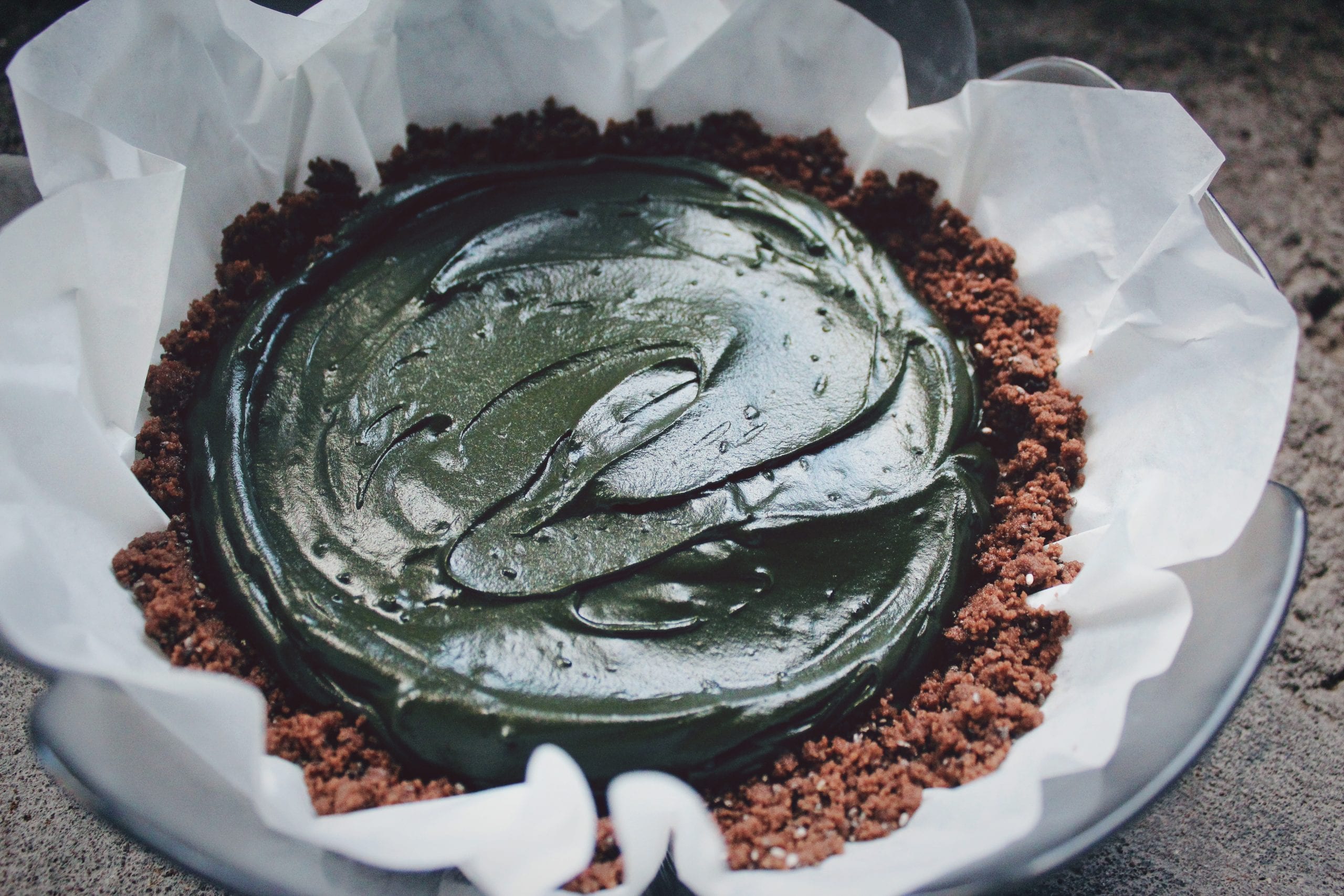We talk about astronauts going on space missions to unravel the possibility of life beyond Earth. In fact, with NASA and SpaceX's race to Mars, it is not long before a human colony is established on the Red planet. But have we ever considered how we will sustain ourselves there? Food has been a major obstacle for long-term space expeditions due to the complications involved in its transportation and storage. John Glenn was the first human to consume food in space in 1962, which consisted of pureed apple sauce packed in a tube. Flight crews that followed began to carry pre-packed, freeze-dried supplements that had a shelf-life of around 18 months. However, these foods cannot sustain a crew on a two-and-a-half year mission to Mars.
To assess the challenges associated with sustained living in space, the International Space Station (ISS) was launched, the largest object to be installed by humans in space. Orbiting 400 km above the Earth's surface, the ISS houses a team of scientists and engineers, rigorously conducting experiments to understand the cosmic environment. Astronauts aboard the ISS rely on freeze dried foods delivered by cargo resupply missions. Not only are they insipid, but sending supplies on a shuttle costs $10,000 per pound. This propelled innovation for other ways to produce food in space.

Licensed under Public Domain.
With NASA planning its first manned mission to Mars in a little over a decade, scientists are working persistently towards growing different crops on the ISS. However, there are several challenges associated with space gardening. For instance, plant roots grow in every direction, and water tends to form clumps. To address this issue, the ISS came up with the ‘Veggie' mission, which involves using a container with ‘plant pillows', comprising soil, fertilizer, nutrients, and a wicking material that promotes water absorption. Seeds are glued on to this wicking material to ensure downward growth of the roots and outward growth of the stems. LED lights stationed above the plants provide them with the energy required for growth. Red romaine lettuce was the first plant to be successfully grown and eaten by astronauts on the space station. They have also cultivated zinnias and are working on growing cabbage and tomatoes in the near future.

Licensed under Public Domain.
The possibility of farming on Martian soil is being investigated through simulatory experiments on Earth. The Red Planet is laden with volcanic rocks called ‘Regolith', which lacks organic matter to support plant or microbial growth and also contains toxic perchlorates. Efforts are underway to figure out how to clean regolith by microbial or chemical means. Also, although the planet receives only about 60% of the light Earth does, which means reduced photosynthesis, there is still enough to grow certain crops. NASA is trying to develop LED lighting systems to provide plants with only those wavelengths of light needed to boost their growth.
On the bright side, the atmosphere on Mars comprises frozen water and about 95% carbon dioxide. The Martian environment also contains nitrogen which can be converted into ammonia through nitrogen fixation using the bacterium Rhizobium. This ammonia can be used to synthesize fertilizers for plant growth. Scientists believe that leafy greens, legumes, fruits like strawberries and grapes and vegetables such as broccoli and asparagus are some of the possible crops that can be grown on Mars.
To minimize the usage of soil for space gardening, scientists at the Kennedy Space Center (KSC) are developing ways to grow plants by employing hydroponics and aeroponics. While hydroponics involves providing nutrients and water to plants through liquid solutions, with aeroponics, plants are grown in a misty air environment. Studies at KSC have led to the hydroponic cultivation of radish, lettuce and green onions.
With advancements in research and technology, we can create a better life-supporting system in the cosmos, a priority as we are contemplating the possibility of life on the Red Planet. A round-trip to Mars could take around four and a half years and, although it might be possible for astronauts to carry food for that duration, it is extremely expensive. Sending supplies from Earth could take around 210 days which means that we need to find other ways to produce food. So, it really is a necessity to sow seeds in space if we are to sustain ourselves beyond Earth! Although the agricultural technology in space hasn't reached the level we witnessed in the movie ‘The Martian', overcoming the challenges of plant cultivation in microgravity has been an achievement in itself!
About the Author
Sarada Sripada is a Ph.D Student in the School of Chemical, Material and Biomedical Engineering, College of Engineering at the University of Georgia. She is interested in synthesizing green catalysts for applications in the production of certain fine chemicals. Apart from being passionate about her research, she enjoys music, dance, writing songs and poems and tries her hand at Indian cooking. She totally loves tea and couldn't do a day without it!
- Sarada Sripadahttps://athensscienceobserver.com/author/sarada-sripada/May 19, 2022
- Sarada Sripadahttps://athensscienceobserver.com/author/sarada-sripada/October 14, 2020
- Sarada Sripadahttps://athensscienceobserver.com/author/sarada-sripada/October 6, 2020
- Sarada Sripadahttps://athensscienceobserver.com/author/sarada-sripada/November 26, 2018








